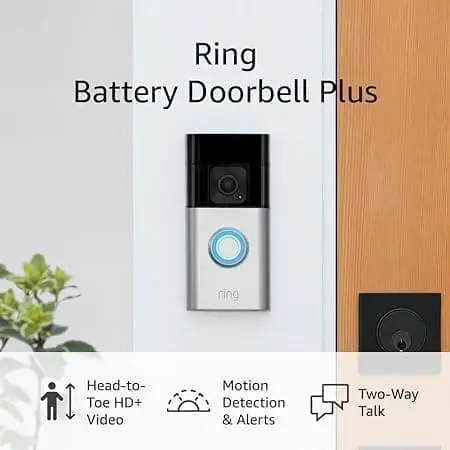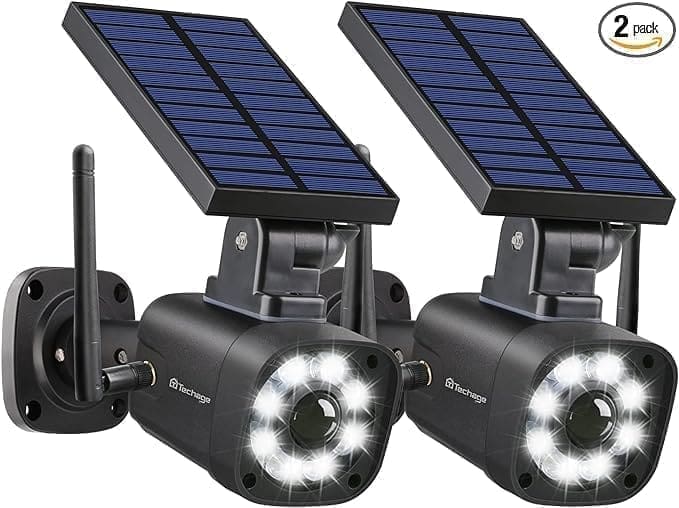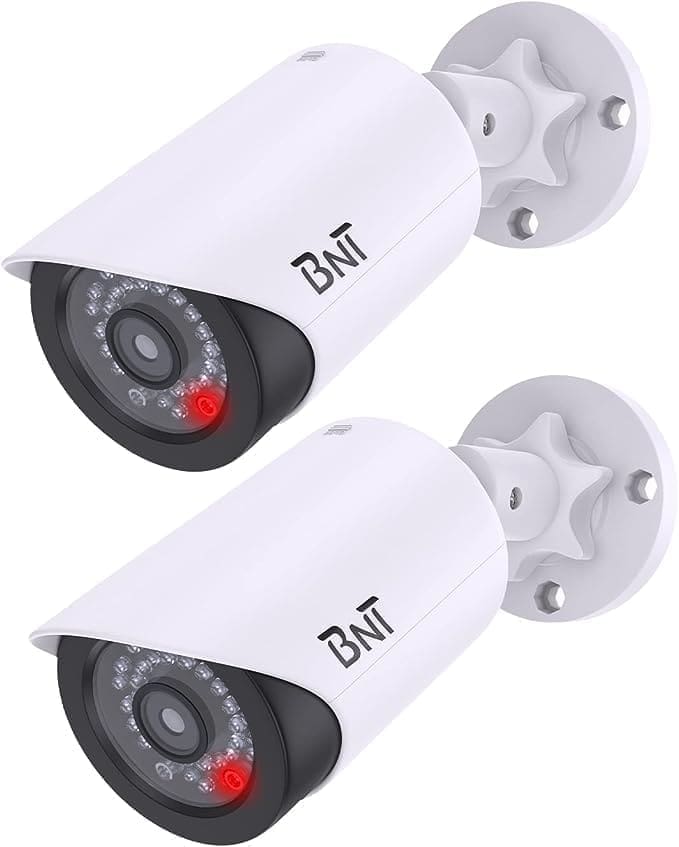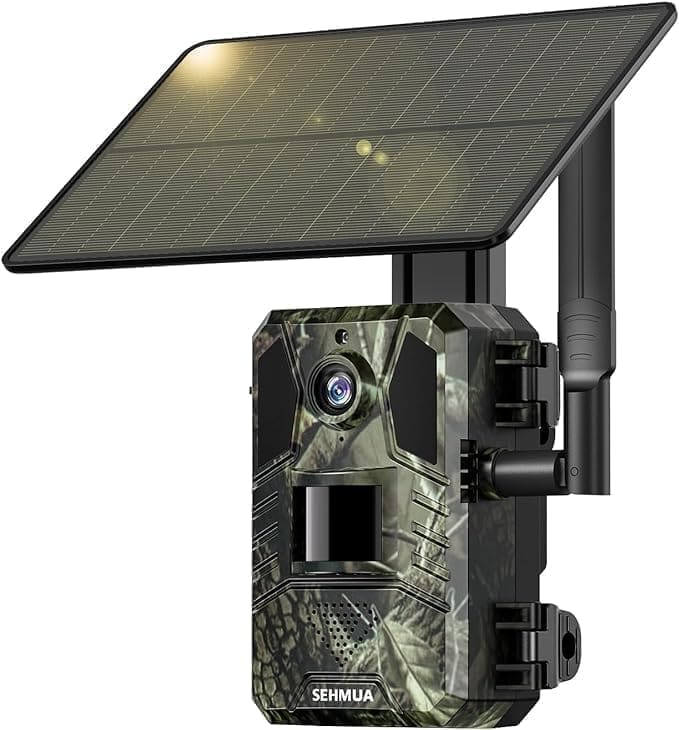
About Security Cameras
When considering home security products, cameras are often the initial choice for many individuals due to their affordability and the range of features they offer, including alerts, recordings, communication capabilities, and potential deterrent effects. However, it is important to recognize that while cameras offer various advantages, they solely document events and do not directly safeguard individuals within the premises.
Common Strategies Frequently Used for
Evasion of Security Cameras by Unauthorized Parties

Disguises
Perpetrators frequently use masks and hoodies to obscure their identity, especially when they are in areas under camera surveillance. They are aware that this significantly reduces the likelihood of law enforcement apprehending them.

Blind Spots
Perpetrators also exploit "Blind Spots" where areas are not covered due to limited fields of view or improper placement, or the most common is overgrown trees and plants blocking the camera view.

Tampering
During criminal activity, perpetrators may tamper with accessible security cameras, such as those at a front door, by pulling them down or covering the lens with tape, thereby rendering the cameras inoperative.
Security Glaze "Reminder"
The use of surveillance cameras raises privacy concerns, as unauthorized recording or misuse of footage can result in legal action for privacy violations. Failure to properly monitor or maintain cameras can lead to accusations of negligence, especially if security incidents are not addressed effectively. It is crucial for entities to comply with legal standards, establish clear usage policies, and balance security needs with individuals' rights to privacy.

Cameras
Showing the single result

















